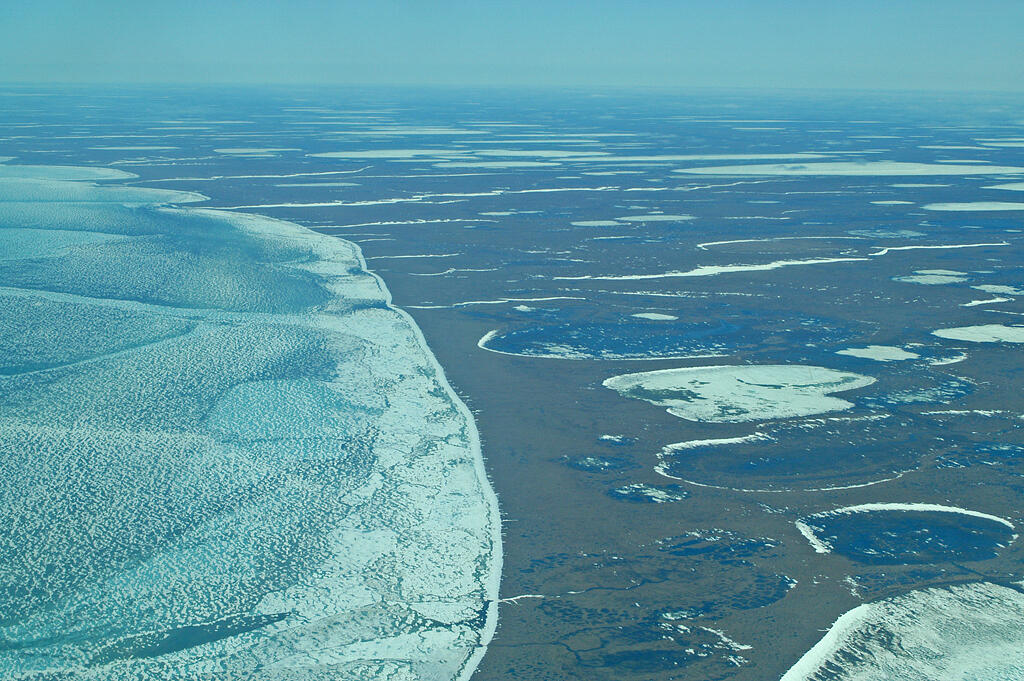Dr. John Schoen, a retired wildlife ecologist who spent 14 years as the senior scientist for Audubon Alaska, says the 107,000-acre Peard Bay Special Area provides vital habitat for several marine mammals and is an important staging and migration area for shorebirds and waterfowl. Peard Bay and the surrounding wetland complex is a concentration area for three species of ice seals and is important habitat for hauled-out walruses and polar bear denning and feeding. “Coastal denning areas are expected to be of increasing importance due to reduced availability and quality of pack ice denning habitat,” he says.
Importance to Birds
This continentally significant Important Bird Area is crucial to nesting Spectacled Eiders and provides high-density nesting habitat for multiple Watchlist species. Think Arctic Terns, Red-throated Loons, Pacific Loons, King Eiders, Long-tailed Ducks, Sabine’s Gull, Greater White-fronted Geese, and tons of shorebirds.
Management of Peard Bay
The current area-wide management plan for the National Petroleum Reserve-Alaska places several designated Special Areas, such as the Peard Bay Special Area, off-limits for oil and gas leasing. This plan provides a responsible balance that protects ecologically sensitive areas while still allowing energy development to occur in less sensitive areas.
How you can help, right now
Donate to Audubon
Help secure the future for birds at risk from climate change, habitat loss and other threats. Your support will power our science, education, advocacy and on-the-ground conservation efforts.
1% for the Planet
We are proud to be part of the 1% for the Planet network. If you own a business, please consider joining 1% for the Planet to support Audubon Alaska’s conservation efforts.





